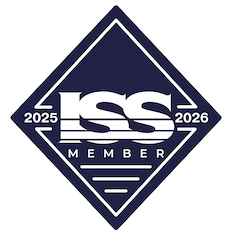A Precision Approach to Aviation Law
Since 1997, Aviation Legal Group, P.A., an AV Rated Preeminent law firm, has been a leading transactional and commercial litigation practice for general and commercial aviation by providing the kind of personal attention that can only come from focusing the experience and energy of an entire team on one client.
Our measured approach to growth allows us to provide quality representation and foster collaboration among our attorneys to implement creative, efficient, and effective solutions to the unique challenges that inevitably arise in complex transactions and litigation.
But our boutique approach doesn’t mean small thinking. Our extensive knowledge of aviation law and strong relationships with leading attorneys, brokers, lenders, manufacturers, maintenance repair organizations, and aviation authorities around the world give our clients a distinct advantage.





















 Apple Map
Apple Map Google Map
Google Map